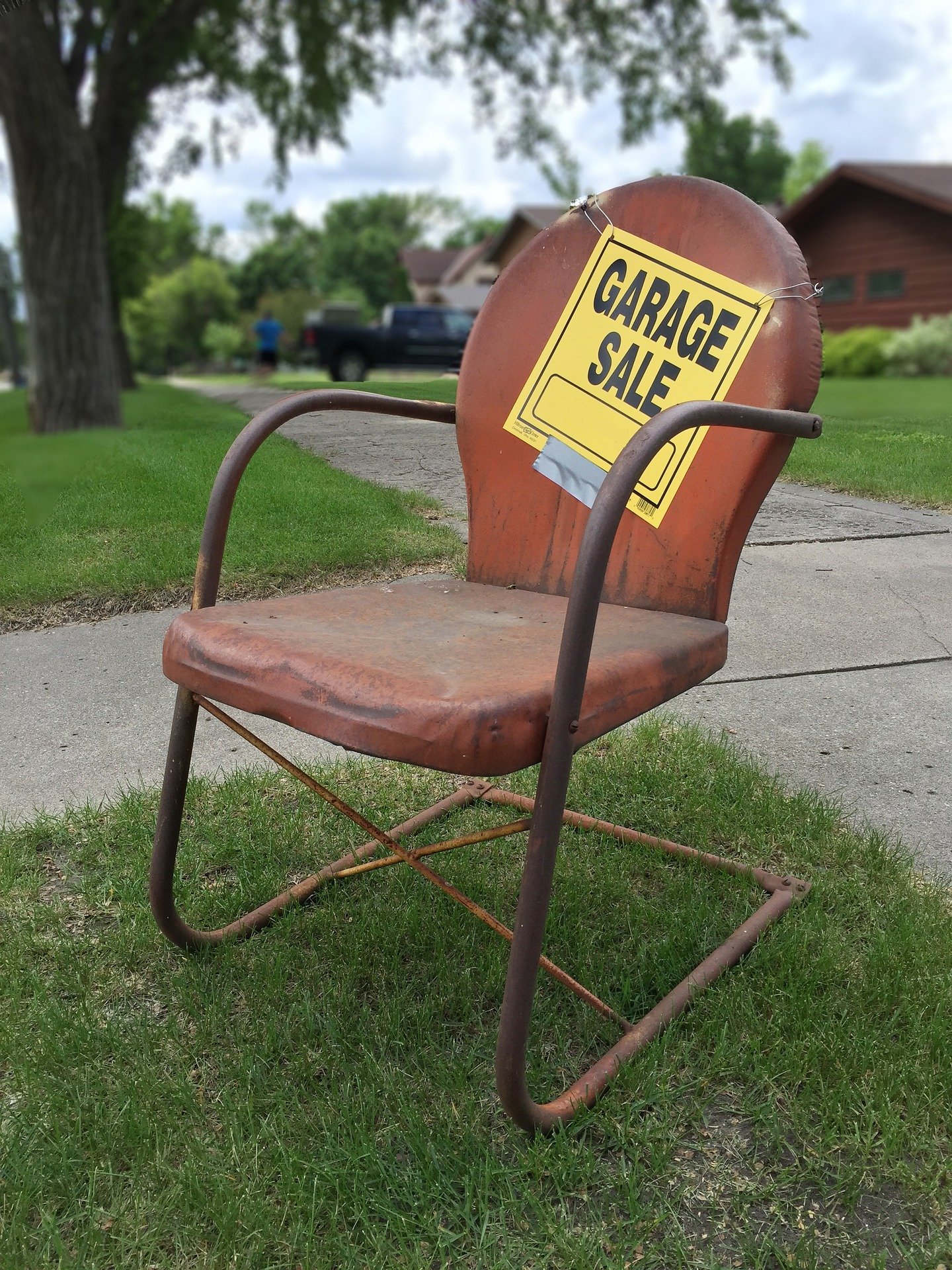The IRS defines Fair Market Value (FMV) as the “the price that property would sell for on the open market.” That seems simple enough. In the case of antiques, for instance, any old thing is worth what someone else is willing to pay for it. Person A asks a certain amount and Person B pays it and walks away the new owner. Another scenario is also common in the resale marketplace: “private treaty,” or good old-fashioned haggling. Person A asks a certain amount, Person B makes an offer of a different (usually lower) amount, and they continue the back and forth until the parties agree to a price somewhere in the middle. At an auction, the auctioneer usually sets an attractively low starting bid (to draw in interest) and (if there’s no reserve on the piece) will sell that item to the highest bidder for whatever they can get for it—sometimes thrilling and sometimes disappointing. If you happen to be the only bidder on the item, you can walk away with a real steal!
That all sounds perfectly fair and square. But FMV is really not quite so simple as that. The IRS is very specific about this, stipulating three critical conditions of a fair-market sale: 1) both buyer and seller must be willing to complete the transaction, 2) neither buyer nor seller may be compelled to buy or sell, and 3) both buyer and seller must have “reasonable knowledge of the relevant facts.” These criteria are meant to buffer FMV from the egregious outlier: a price that is conspicuously skewed one way or another by human circumstances, i.e., transactions involving someone who doesn’t want to sell or buy, is forced to sell or buy anyway, or who doesn’t know what they are selling or buying.
Take, for example, one of the biggest antiques stories of 2021: a Chinese Ming Dynasty porcelain bowl, about 6 inches in diameter, blue and white decoration. This thing was all over the auction news last spring when Sotheby’s announced it was coming up for sale. It was valued at $300,000-$500,000, which seems appropriate for a 600-year-old thing once used in the court of an Emperor. But the real news of this story was not in the remarkable object itself but in where it was found: a yard sale in New Haven, Connecticut. The buyer, called a “savvy bargain hunter” in some reports, paid $35 for it, no haggling required. What a deal!! The seller got what they asked for it and the buyer raced off and called a specialist before you could say “cha-ching.” Sotheby’s subsequently sold the bowl for $721,800.
As you may detect in my tone, I have some problems with this story, but I want to be very clear that everything about these separate transactions was perfectly legal and no one in the situation did anything remotely wrong in the general sense of the open marketplace or principles of private treaty. The buyer did not literally steal the bowl from the table set up in the driveway of the seller. But if they had, would they have been charged with a misdemeanor (theft of $35) or a felony (theft over half a million)?
Most people see this story as a dream come true. In fact, it’s just this kind of thing that drives a lot of people to the flea market every Saturday morning to sift through mountains of other people’s crap. But as an appraiser, this story makes me very uncomfortable. Obviously, the yard-sale transaction clearly violates the third prong of FMV. The seller did not have sufficient knowledge of the relevant facts. Of course, a buyer is under no obligation to educate a seller on what they have. And that’s precisely why you should never accept an appraisal from someone who wants to buy the item, who makes an offer on it, or who charges a percentage of their valuation.
Another matter here is about provenance. Where the heck did the yard-sale seller even get this thing? Had it been stolen at some point in its history? Did the yard-sale seller know anything at all about it before setting it out that fateful day? Had they paid $20 for it ten years before, no questions asked, or was it found in a box in the attic? There’s a ton of questions for the seller here. Then from the buyer’s position, if it were you, thinking you were on to something good here, would you have handed the seller a hundred dollar bill and said, “Keep the change”? Or once the news hit the papers, would you have offered to give the yard-sale seller a cut of the auction bounty? What would that even be? A few hundred? Some thousands? Half?
At the end of the day, what’s done is done in this case. My interest now in sharing this story is not to make moral judgments on what occurred or should have occurred but to emphasize that everyone should learn about their valuables before selling them and the best way to get the “relevant facts” is through certified appraisal, an independent, objective opinion of value based on material characteristics and comparable prior sales. Certified appraisers commit to a Code of Ethics: never to suppress facts, never to misrepresent one’s qualifications, never to be influenced by third parties. In the case of this Chinese bowl, a certified appraisal by a qualified professional may have cost several hundred dollars, but for that investment, the yard-sale owner would have been the one to enjoy the extraordinary windfall realized at auction. This is a clear case of “seller prepare,” not “buyer beware.”

